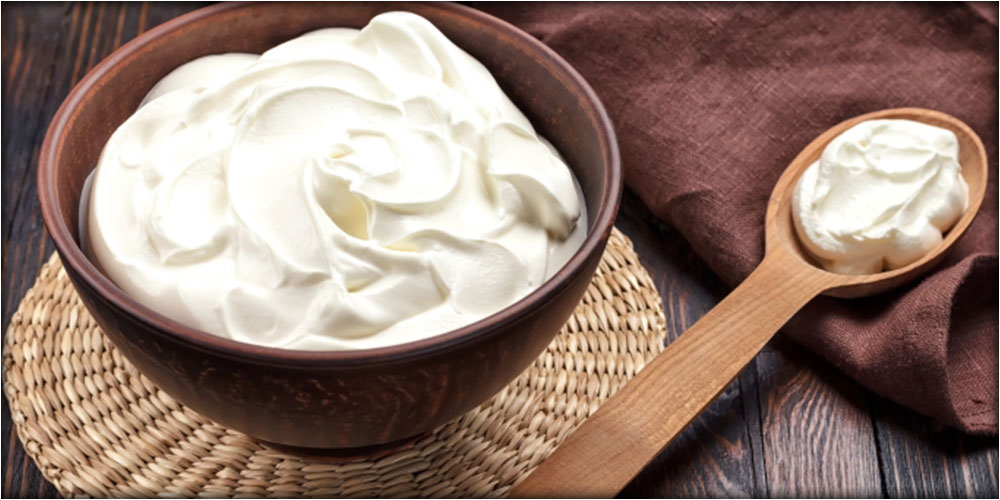Coconut Ice Cream
- 20 Apr - 26 Apr, 2024

Cream provides 315 calories per 242gm; 27.8g of fat, 90mg of cholesterol, 99mg of sodium, 7.2g of protein and 4g of carbohydrate.
· Whipped cream has been around since the 16th century. It was included in recipes that date back to 1549 in Italy and 1604 in France. It was first called whipped cream in 1673, according to the Oxford English Dictionary.
· It used to be called "milk snow." In very old texts, it was referred to as “neige de lait” in French and “neve di latte” in Italian. Both translate to milk snow.
· You can whip it with a branch. Up until the 19th century, recipes for whipped cream called for whipping the cream with a willow or rush branch in place of the modern whisk.
· Cream only whips at temperatures under 50 degrees. Any warmer and it becomes butter.
· The world record for the tallest dollop of whipped cream on a mug of hot chocolate is 7¼ inches. Melissa Arkin and Casey McLaughlin set the record in 2011.
· The presence of Vitamin A in cream helps to promote healthy vision . It assists eyes to adapt changes in light, promotes the night vision and makes the eyes moist.
· Vitamin B2 in it is essential for the development and growth of the tissues such as eyes, skin, mucous membranes, connective tissue, immune system, nervous system and reproductive organs. Moreover, it promotes the health of the skin, hair and nails.
· Phosphorous in cream is essential for the growth of bones as well as teeth. It assists calcium for the formation of strong bones.
· Pantothenic acid found in cream helps to reduce the stress and assists in mental fitness.
Kidney stones are regarded as the crystallised deposits of minerals and calcium in the urinary tract. Studies show that high intake of calcium lowers the chances of kidney stones.
COMMENTS